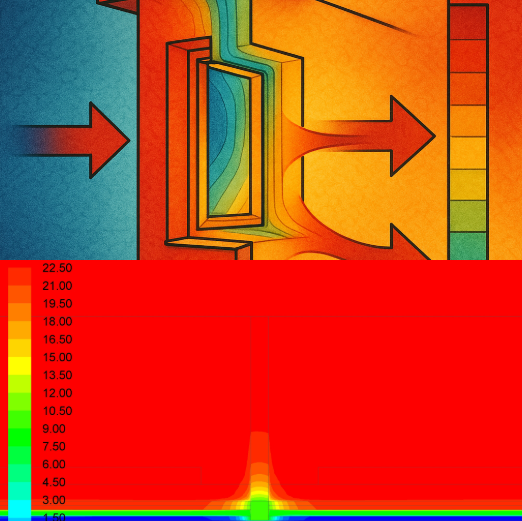

Optimized air & temperature balance
We provide advanced Computational Fluid Dynamics (CFD) analysis to assess and optimize indoor thermal comfort, ensuring alignment with international standards such as ASHRAE 55. Our simulations evaluate temperature distribution, air velocity, and stratification within occupied zones to identify comfort variations across different areas of a space. Using thermal comfort indices like Predicted Mean Vote (PMV) and Predicted Percentage of Dissatisfied (PPD), we quantify how occupants will perceive the indoor environment under varying conditions.
This detailed analysis allows us to compare comfort performance across different HVAC strategies, ventilation layouts, and space configurations. We collaborate with mechanical engineers, architects, and design teams during the design and post-design stages to fine-tune system performance and layout choices that enhance comfort, energy efficiency, and occupant satisfaction. Our CFD-based comfort evaluation supports both design validation and compliance with certification and regulatory requirements.
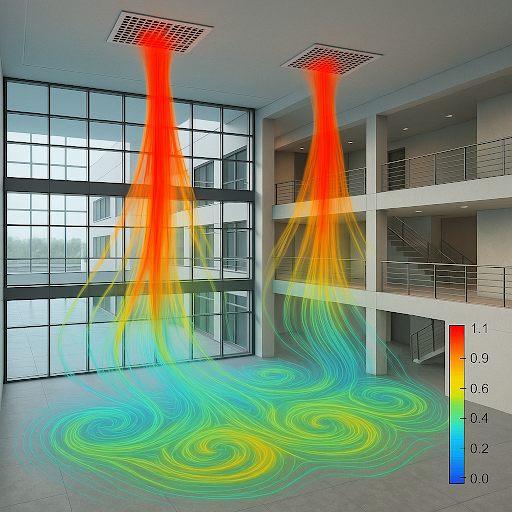
Safe airflow & pollutant control
We provide specialized Computational Fluid Dynamics (CFD) analysis for ventilation and air quality optimization in enclosed spaces such as car parks and tunnels. Our simulations evaluate airflow patterns, pollutant dispersion (including vehicle emissions), smoke movement, and temperature distribution to ensure effective ventilation design that meets safety and comfort standards. This includes assessing scenarios for normal operation and emergency conditions such as fire smoke extraction.
Our detailed CFD studies help engineers and designers optimize ventilation system layout, fan placement, and control strategies to maintain air quality, reduce hazardous buildup, and comply with relevant safety codes and regulations. We work closely with stakeholders from conceptual design through commissioning to deliver solutions that improve occupant safety, operational efficiency, and regulatory compliance in these critical infrastructure spaces.
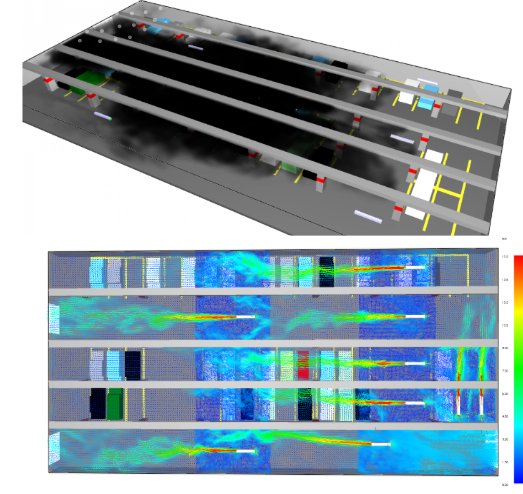
Efficient equipment airflow planning
We provide advanced CFD analysis to optimize the heat dissipation and placement of cooling towers, chillers, and associated HVAC equipment. Our simulations model airflow, temperature distribution, and heat plume behavior around mechanical equipment to identify potential hotspots, recirculation zones, and interactions that could reduce system efficiency. By analyzing various layout scenarios, we help determine optimal equipment positioning to enhance cooling performance, minimize heat impact on surrounding areas, and improve overall plant operation.
Throughout the design and planning stages, we collaborate closely with mechanical engineers and facility managers to ensure that equipment placement supports effective ventilation, meets environmental requirements, and maximizes operational reliability. Our CFD-driven insights assist in reducing energy consumption, improving equipment lifespan, and ensuring compliance with regulatory and site-specific constraints.
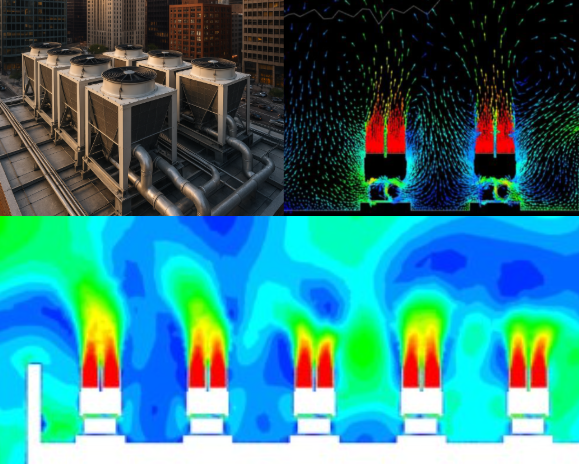
Pollution control & risk mitigation
We offer specialized CFD analysis for accurate modeling of flue gas dispersion from industrial stacks and exhaust systems. Our simulations assess the behavior and spread of pollutants in the atmosphere, accounting for factors such as wind speed and direction, stack height, surrounding topography, and nearby structures. This enables us to predict pollutant concentrations at ground level and evaluate compliance with air quality standards and environmental regulations.
Our detailed dispersion studies support environmental impact assessments, stack design optimization, and risk management strategies. We collaborate closely with environmental engineers, regulatory bodies, and project stakeholders to provide actionable insights that minimize environmental impact and ensure safe, sustainable operation of emission sources
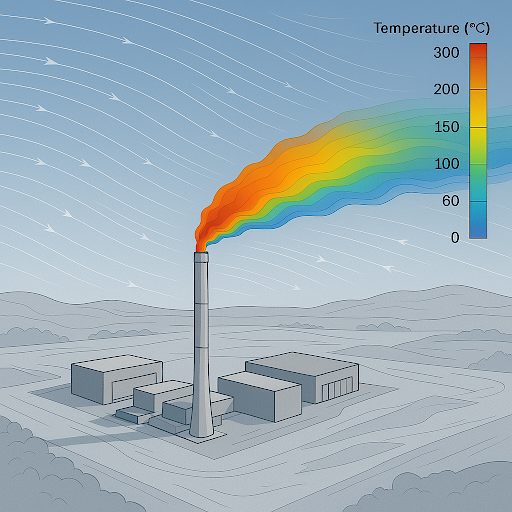
Natural & mechanical ventilation design
We provide advanced CFD analysis to evaluate and optimize natural ventilation systems and indoor air quality for healthier, energy-efficient buildings. Our simulations model airflow patterns driven by wind and thermal buoyancy, assessing how building design, window placement, and surrounding context influence fresh air circulation and pollutant dispersion. By identifying areas prone to stagnant air or contaminant buildup, we help design natural ventilation strategies that effectively improve indoor air exchange without relying solely on mechanical systems.
Our collaborative approach engages architects, mechanical engineers, and sustainability consultants from early design through final stages to develop ventilation solutions that enhance occupant comfort, reduce energy consumption, and meet indoor air quality standards. This integrated CFD-driven analysis supports sustainable, resilient building environments that prioritize occupant health and well-being.
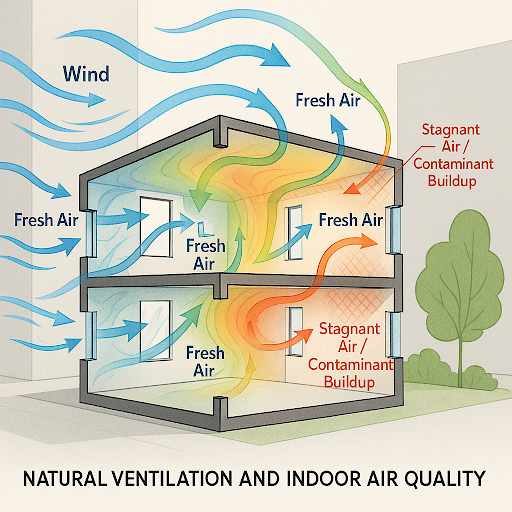
Preventing moisture & durability risks
We offer specialized CFD analysis to predict and mitigate condensation risks within building envelopes and interior spaces. By simulating airflow, temperature distribution, and humidity levels, we identify areas prone to surface or interstitial condensation, which can lead to mold growth, material degradation, and occupant discomfort. Our analysis evaluates how design factors—such as insulation placement, ventilation effectiveness, thermal bridges, and moisture sources—affect condensation potential under various environmental conditions.
Working closely with architects, mechanical engineers, and building scientists throughout the design and review stages, we provide actionable recommendations to optimize building details, improve moisture control, and enhance overall durability. This proactive approach helps prevent costly damage, ensures indoor environmental quality, and supports compliance with building performance standards.
